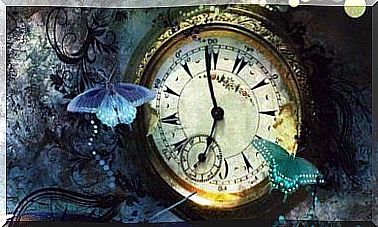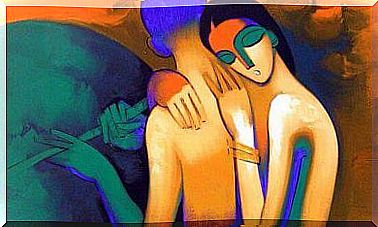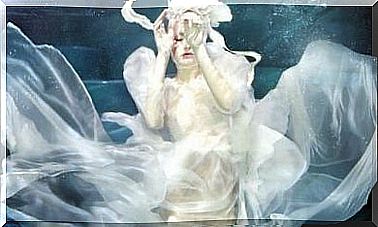Erikson’s Theory Of Life Stages
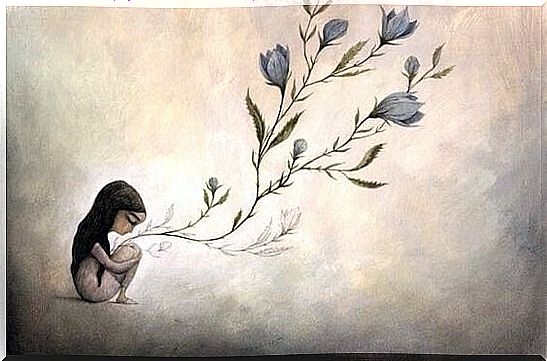
We have seen several times how developmental psychology has focused on studying specific aspects, such as parenting styles or symbolism. However, we can get very useful information if we study development from a more holistic perspective. We can understand people’s lives by studying the different phases of life, and we will therefore in this article address Erikson’s theory of life stages.
Through this theory, Erik Erikson became known as one of the founders of the study of life cycles. Erikson’s theory of life stages consists of 8 stages of change where the person develops his personal identity.
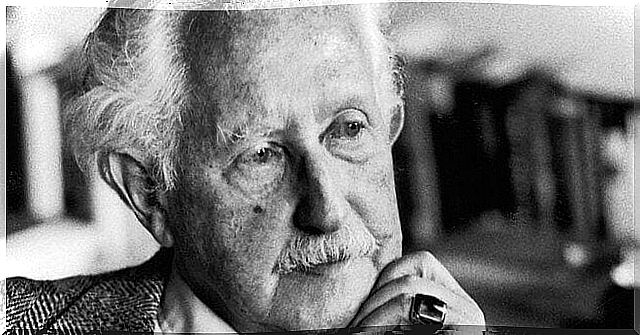
Each phase of Erikson’s theory of life stages consists of two poles – one positive and one negative. A person must face these socially created poles in order to be able to adapt to their context and express their identity in an expected way. Each stage has a crisis that the person must cope with in order to move on to the next stage in the life cycle.
Trust and suspicion
The first stage of the life cycle begins at birth and lasts until one year of age. During this stage, the child must develop an attitude towards the parents. If the child experiences stability during this time, it will understand that things can go badly for a while, but that there is light in the tunnel and room for improvement. You get over this stage by trusting others even when you do not know what will happen in the future.
Autonomy and shame and doubt
This is the second stage in the life cycle that occurs when you are around 2-3 years old. At this stage, the child must achieve his own autonomy. The child learns to eat, put on his clothes and begins to rebel against his parents. However, it must succeed in balancing its autonomy with the social norms set by the parents.
When the person starts with autonomous or independent activities, there will also be doubts about whether the person in question can handle these tasks. You help the child to get through this stage by setting up challenges that gradually help the child to develop.
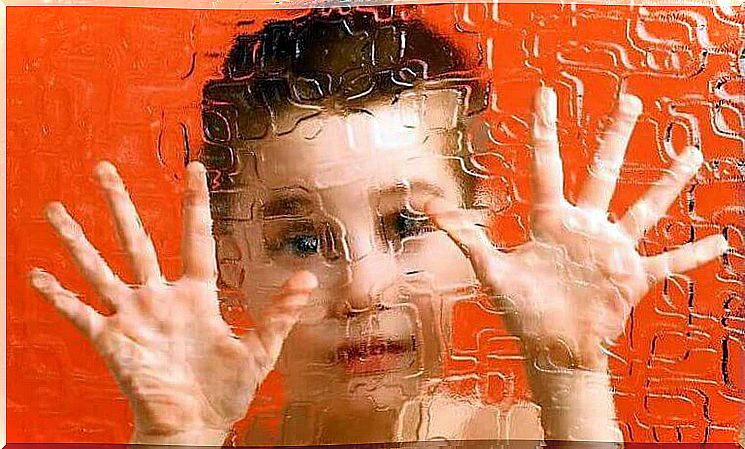
Initiative and guilt
This is the third stage and occurs between 3 and 6 years of age. The child tries to achieve personal goals, but will not always succeed with them because they will often collide with what the other wants. They need to learn to achieve their goals and feel that they are doing something significant.
Productivity and inferiority
This is the fourth stage of the life cycle and this crisis occurs between the ages of 7 and 12. The child must learn to handle cultural tools while comparing himself with others. It is important that the child begins to cooperate and play with his classmates.
Society provides us with methods and norms for cooperation that the individual must understand in order to learn skills and perform well. If this does not develop, the child will feel inferior in relation to others.
Identity and role
This is the fifth stage of the life cycle and occurs during adolescence. The person goes through a number of physical changes and is met by new social demands. This makes the person feel confused about their identity and role. The individual therefore develops his role by choosing between ideological and personal ideals.

Intimacy and isolation
This is the sixth stage, and it occurs when the person has just grown up. During this stage, the person must strengthen their identity in order to establish bonds with other people, with the aim of preserving their own identity while creating a common group identity. When you get over this stage, you have shown that you can have different types of relationships and that you are not stuck in a form of social isolation.
Creation and stagnation
The seventh and penultimate stage covers a large part of adult life. The person must now start collaborating with others in the workplace, with their children and create a productive life. The need to achieve a productive life counteracts the person’s stagnation in their development and helps them to get closer to their set goals.
Integrity and despair
The last stage of a person’s development occurs during the latter part of life. The individual must now look back on life and the decisions he has made to create a positive and meaningful self-image. If the person does not succeed in creating such a positive self-image, he or she may become desperate.

